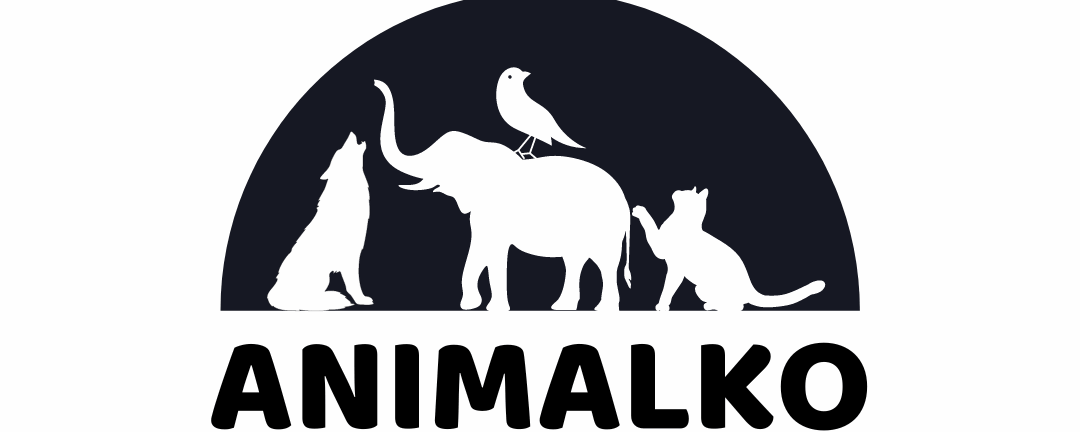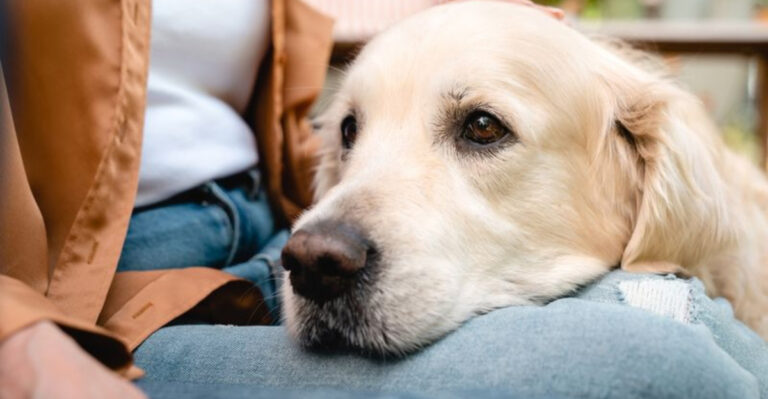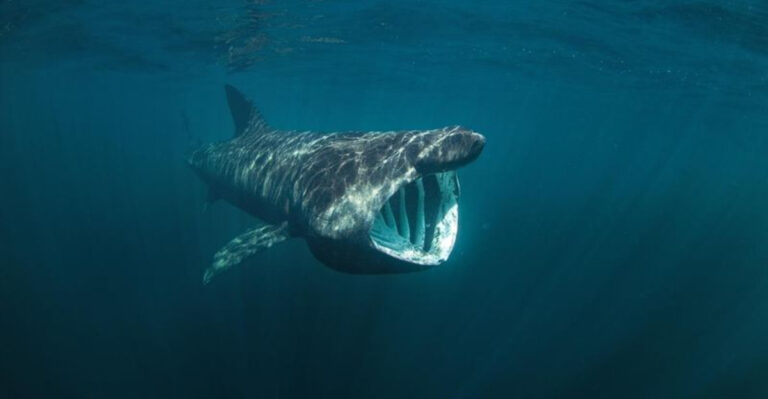12 Reasons Why The Komodo Dragon Is A Living Legend
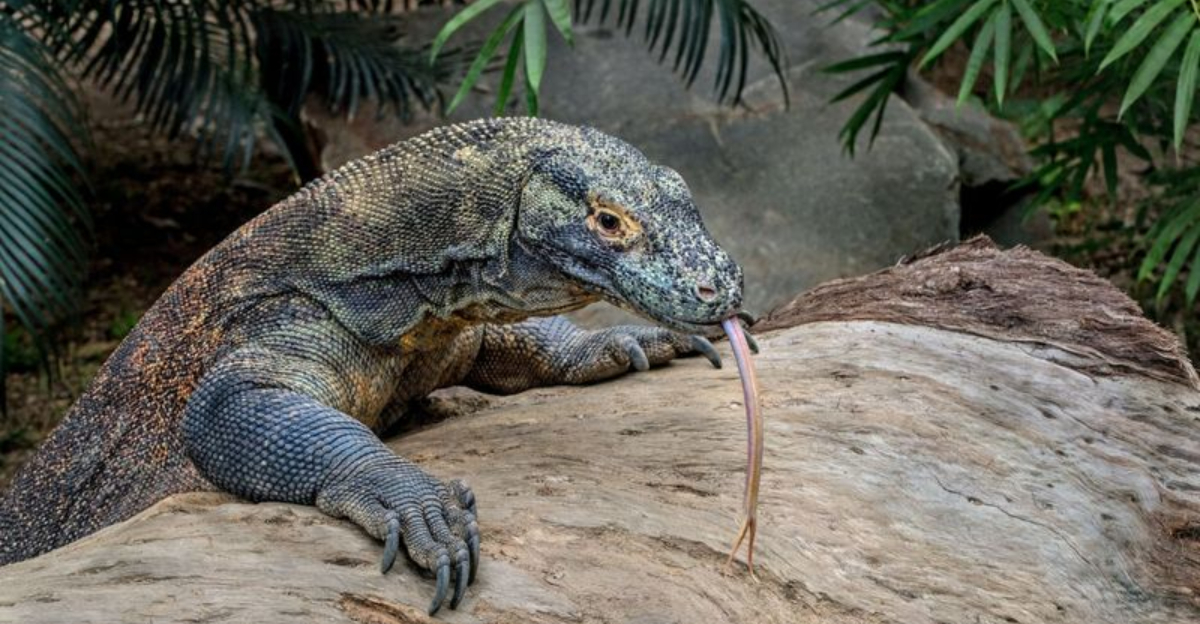
Komodo Dragons are among the most fascinating creatures on our planet.
Known for their massive size and unique characteristics, these lizards captivate the imagination. Here are intriguing facts about these incredible reptiles.
1. Taste For Unripe Fruit

While Komodo dragons are known for their carnivorous diets, they have a surprising penchant for unripe fruit.
This unexpected dietary choice is believed to help with digestion, as the fibrous texture aids in cleaning their teeth and digestive tract.
Observations in the wild show that these lizards often nibble on unripe mangos and other hard fruits. Despite being apex predators, their fruit-eating habits highlight their adaptability and resourcefulness in the wild.
Next time you think of a Komodo dragon, remember they’re not just about meat; they enjoy a crunchy fruit snack too!
2. Long Life Span
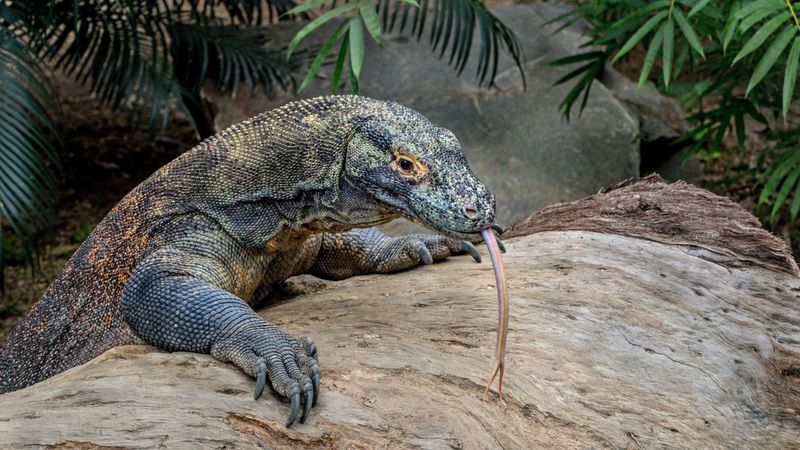
Komodo dragons can live up to 30 years in the wild, thanks to their slow metabolism and ability to get by on minimal resources.
As they age, they may slow down a bit, but their size and experience keep them at the top of the food chain. Their long lives also mean they can breed several times, helping keep their population stable.
This extended lifespan is crucial for their survival, especially in the face of environmental changes and human threats.
3. Long Distance Swimmers

Komodo dragons may be land dwellers, but they’re surprisingly strong swimmers! They can glide between islands, using their powerful limbs and tails to move through the water in search of food or new territory.
This swimming ability helps them access more resources and spread their genes across the archipelago. It also allows them to reduce competition and expand their range.
These aquatic skills show just how adaptable Komodo dragons are, proving they’re not just masters of land, but also of the sea!
4. Incredible Sense Of Smell
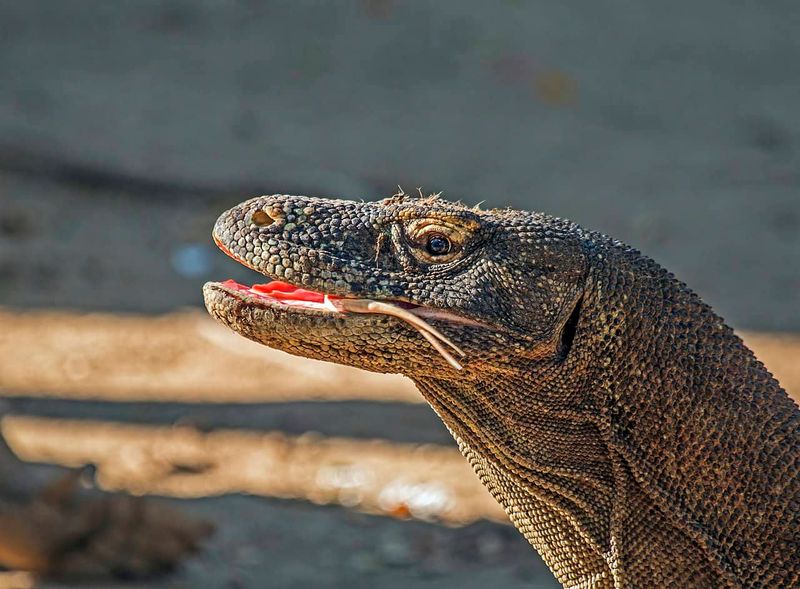
Komodo dragons have an amazing sense of smell, able to detect prey from miles away! Using their forked tongues, they “taste” the air and analyze the scent with a special organ in their mouth.
This helps them track down meals, even in thick forests or rocky terrain. They’re also great scavengers, picking up the scent of carrion to snack on when food is scarce.
This sharp sense of smell is essential for their survival, helping them thrive in their tough island home.
5. Venomous Bite
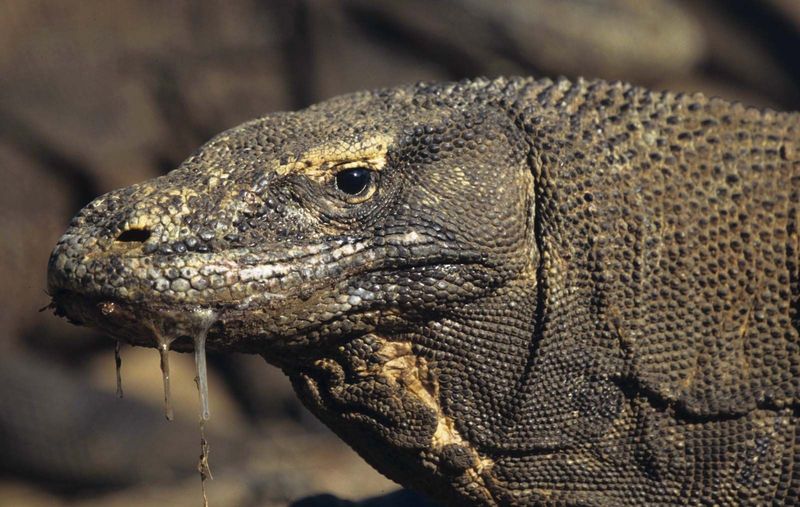
Despite their ancient look, Komodo dragons have a modern edge: venom. For years, it was thought their deadly bite was caused by bacteria in their saliva, but recent research uncovered a complex venom system.
The venom lowers blood pressure, causes severe bleeding, and induces shock in their prey. After delivering a bite, the dragon tracks its weakened target until it succumbs to the venom’s effects.
Produced in glands in their lower jaws, the venom makes them not only powerful hunters but also masters of biochemistry, ensuring their success as top predators.
6. Remarkable Strength

Komodo dragons are powerhouses of the animal world, capable of taking down prey much bigger than themselves with their mighty jaws and sharp teeth.
Their bite can crush bone, and they can use their strong tails to knock down or scare off threats. These reptiles aren’t just tough hunters—they’re also great at defending their territory from rivals.
Their muscular limbs help them navigate the rugged islands, and their resilience allows them to bounce back from injuries that would take down most animals.
7. Unique Reproduction
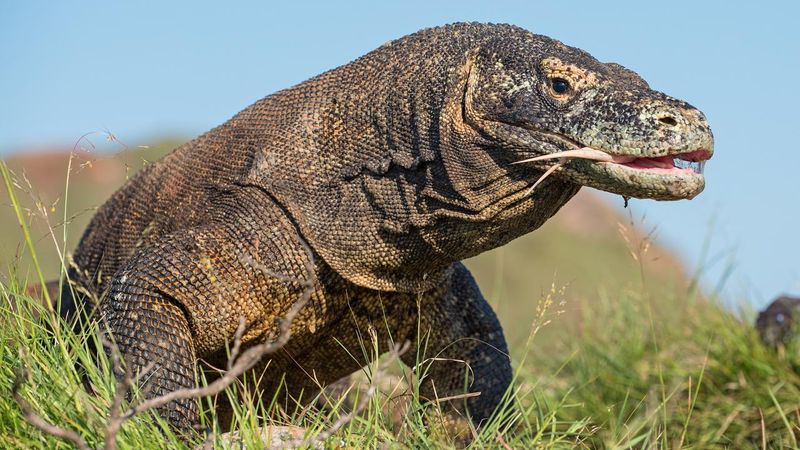
Komodo dragons have a unique trick up their sleeve: parthenogenesis, allowing them to reproduce without a mate. This is especially helpful on isolated islands where finding a partner can be tough.
Females produce offspring that are genetic clones of themselves, ensuring the species continues even without males.
They also engage in traditional reproduction, laying up to 30 eggs in ground nests. After about eight months, the eggs hatch, and the young must survive on their own from day one.
This reproductive flexibility helps Komodo dragons thrive in different environments and ensures their survival over time.
8. Largest Living Lizard

The Komodo dragon is the largest living lizard on Earth, with adult males reaching up to ten feet long and weighing around 200 pounds. Females are smaller but still impressive in their own right.
Their massive size helps them hunt large prey like deer and wild boar, cementing their place as apex predators on the islands they call home.
With a slow metabolism, they can go longer between meals, but when they eat, they devour huge amounts.
Their size isn’t just for looks—it’s vital for survival, allowing them to dominate their environment and maintain their top predator status.
9. Island Dwellers
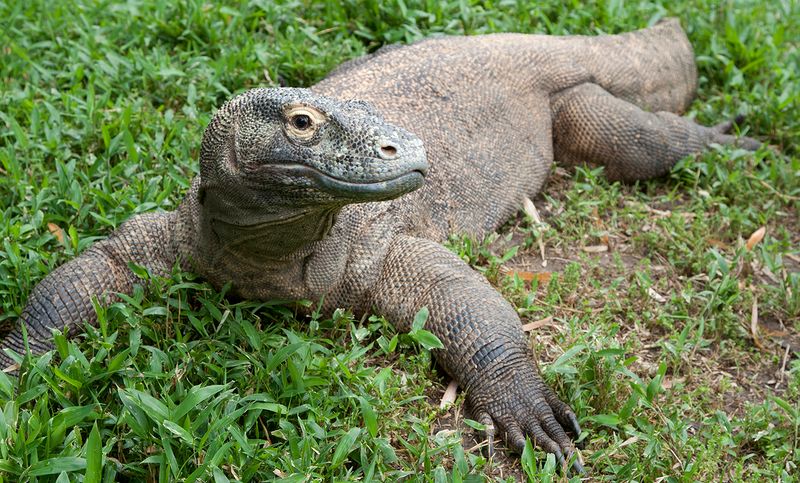
Native to a handful of Indonesian islands like Komodo, Rinca, and Flores, Komodo dragons thrive in the hot, dry climate and rugged terrain.
The isolation of these islands has allowed them to evolve without many large predators, making them the dominant species in their ecosystems. Preferring coastal areas and savannas, they enjoy basking in the sun and hunting in their natural habitat.
These islands have become a major draw for visitors worldwide. Preserving their unique habitat is vital to ensure these iconic creatures continue to roam freely.
10. Stealthy Hunters
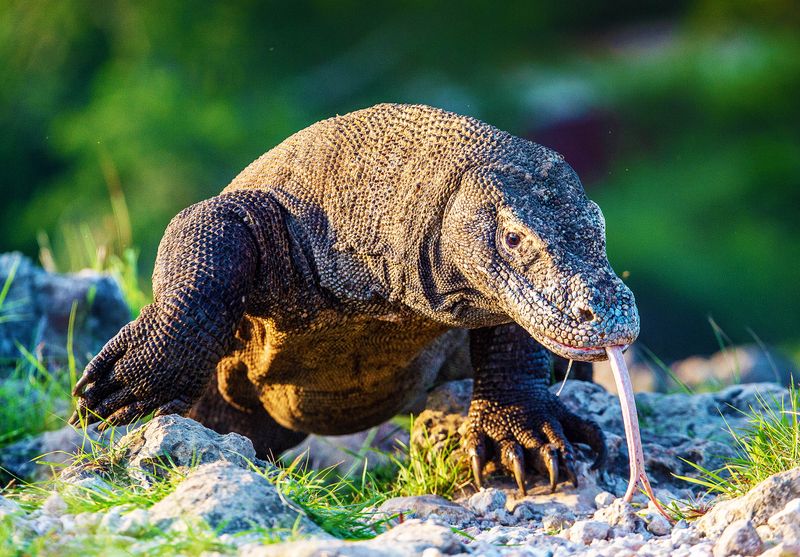
These giant lizards are master hunters, relying on stealth and surprise to capture their prey. With their earth-toned skin, they blend seamlessly into their environment, making them nearly invisible.
Lying in wait for hours, they carefully position themselves to ambush animals. Once they strike, their powerful legs and sharp claws help them chase down deer or boar, and their strong jaws and serrated teeth deliver a fatal bite.
This intelligent hunting strategy highlights their patience and ability to adapt to their surroundings.
11. Conservation Status
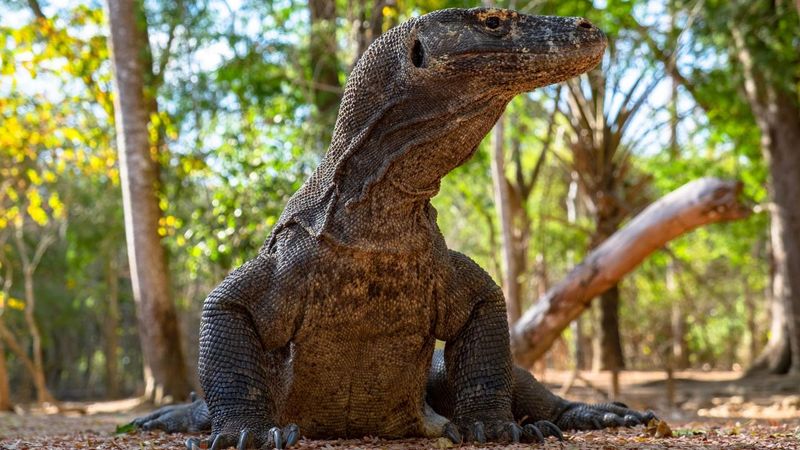
Komodo dragons, with only about 6,000 left in the wild, are in danger of disappearing! These iconic reptiles are picky about their homes and face threats like habitat loss, poaching, and climate change.
Efforts to protect them include preserving their islands, regulating tourism, and teaching locals and visitors how to help.
Laws and teamwork from around the world are key to their survival. Let’s make sure these amazing creatures keep ruling their wild kingdom!
12. Unusual Sunbathing Habits

They often seek out rocky outcrops or open spaces to soak up the sun’s rays, a behavior crucial for regulating their body temperature.
This sunbathing not only aids their digestion but also energizes their cold-blooded bodies, allowing them to become more active predators.
Interestingly, these sprawling reptiles sometimes appear to adopt almost meditative poses, lying completely still as they absorb the warmth.
Their sunbathing rituals are more than just a lazy bask; they are a vital part of their daily routine.
